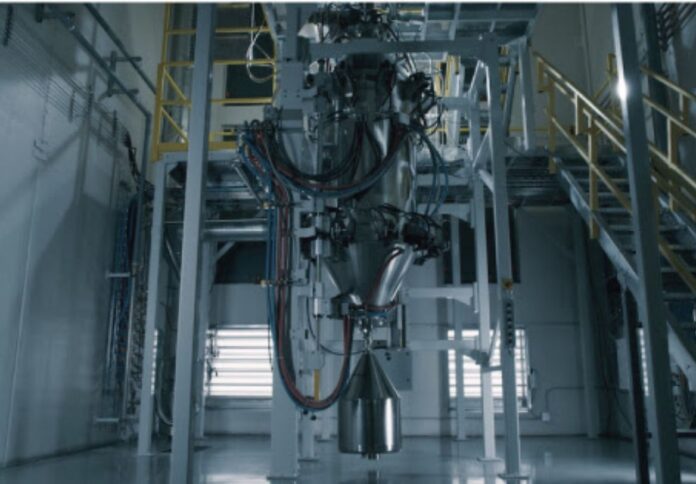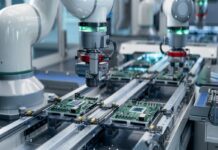
A wide range of opportunities has been opened for manufacturers as the additive manufacturing metals market grew and developed over the last decade. What are the factors that drive this market and what does the future hold in the next 10 years?
Market research provider SmarTech and AM powders manufacturer 6K Additive have provided a comprehensive view of the metal AM powder market in a recent whitepaper, painting a picture of how the industry could continue advancing into the future.
Creating the AM Ecosystem
In its whitepaper, titled “Metal Additive Goes Full Scale,” SmarTech said the factors that pushed metal powders towards the precipice of massive progress can all be generally attributed to one theme— Scale.
Despite its history dating back further, in 2013, metal additive manufacturing began seeing a significant increase in exploration for its end-use production applications.
The industry’s commercial ecosystem began to coalesce in the context of two highly regulated manufacturing industries, which are aerospace and medical.
However, despite its early popularity within the biomedical and aerospace industries, it has taken years for users to build expertise and trust in the processes on a level that they can apply to critical parts, such as implants for healing people, or aircraft to transport them.
“Even with tireless technology development cycles from hardware manufacturers making these machines, it has taken nearly a decade for early adopters to bring many more significant serial manufacturing projects into production. Today, however, those efforts are finally beginning to bear fruit,” the whitepaper says.
Additive manufacturing then and now
The metal additive users of today in the aerospace, defence, and medical industries have leveraged roadmaps that feature multiple real, tested parts and use cases entering true production.
Over a decade ago, the world’s largest metal powder atomizers and suppliers were selling the scrap powders their primary clients could not use to AM users because the material was too fine for the traditional sintering processes.
Now, every leading metal powder provider has a specialised offering specifically designed to cater to the needs of AM users.
This has led companies like Incodema3D to go from consuming a couple of tons of powder per month to requiring 30 to 50 tons per month as early as 2023.
“Much has certainly changed, but one of the most informative glimpses into how the market has evolved is to look at the typical metal additive customer. A number of customer trends are uncovered which share the common theme of scale, and how the market has slowly and steadily arrived at the point we are at today,” the whitepaper says.
According to SmarTech, the average metal powder bed fusion (PBF) machine consumed 22 per cent more powder at the end of 2021 than it did at the end of 2014.
The company projected that the same increase is expected in just one year from the end of 2021 to the beginning of 2022.
What this means
Through many years of research and application development, users have reached the critical mass necessary for greater machine productivity and uptime.
With this, SmarTech estimates that the number of PBF machine installations will continue its rapid growth over the same forecast periods.
This means many more installed machines all steadily consuming more powder on average than before.
Additionally, the industry could unlock its full potential, not just by supporting AM’s scale-up, but also by supercharging it through innovation and partnership.
SmarTech suggested that one of the most exciting ways users could do to exploit AM is by using it to create parts that could not exist through a different manufacturing process.
“Advanced powder production processes now available from companies like 6K Additive using advanced plasma spheroidization can convert nontraditional feedstock material into uniform, high-quality powder at costs that other methods simply cannot,” Smartech explained.
The future is here
AM’s era for full-scale progress is here but we would not be able to realise its full scope if industry leaders do not continue to evolve, SmarTech said.
The market analysis provider highlighted that powder suppliers should strive to increase efficiency and agility to keep supply flowing and accommodate those customers who have the opportunity to scale additive production as they need it, and not with months of delay caused by a lack of feedstock material.
“The future of metal additive has never been more exciting. While metal powder suppliers stand to gain significantly in the current trajectory of the market, they will have to do much more to help the industry realize the dream as it is unfolding.”



















